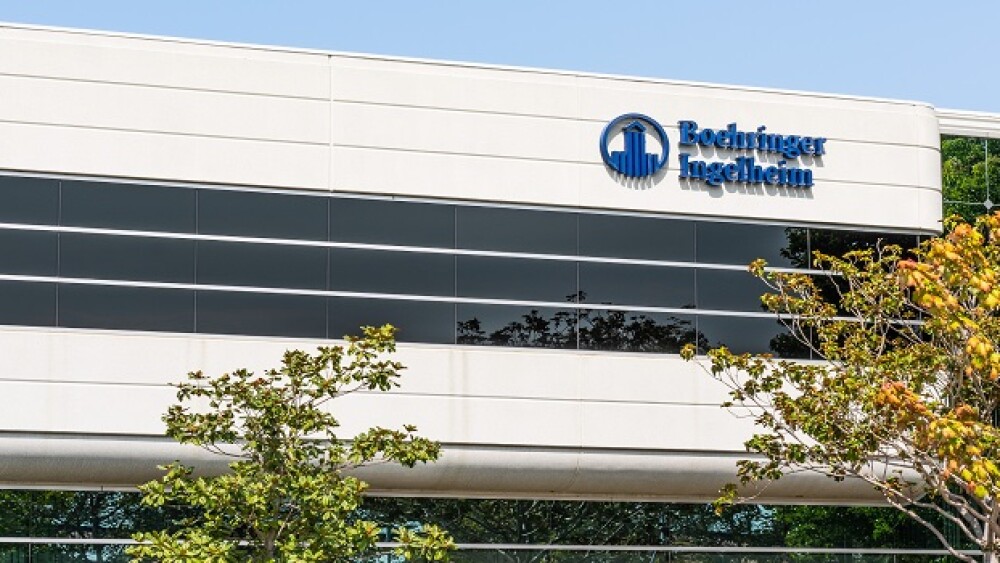CLEVELAND, Nov. 13, 2013 /PRNewswire/ -- Synapse Biomedical Inc. (www.synapsebiomedical.com) announced today it has received approval from the Health Canada for its NeuRx DPS® for ventilator-dependent Spinal Cord Injury (SCI) patients who lack voluntary control of their diaphragms. With Health Canada approval, SCI patients throughout Canada can access this technology that was only previously available to clinical trial participants or through the Medical Devices Special Access Programme.
(Logo: http://photos.prnewswire.com/prnh/20131113/CL14319LOGO)
(Fact sheets, patient testimonial, product video and images: www.synapsebiomedical.com/news/media)
The device is implanted through minimally invasive laparoscopic surgery and provides electrical stimulation of the muscles of the diaphragm. When stimulated by the NeuRx DPS®, the diaphragm contracts, mimicking natural breathing, and allows air to fill the upper and lower parts of the lungs rather than forcing air in with a mechanical ventilator.
The NeuRx DPS® received CE Marking (CE Registration #518356) on November 20, 2007 and is approved for treating patients with diaphragm dysfunction in the European Union. The NeuRx DPS® received FDA approval for ventilator dependency from spinal cord injury on June 17, 2008.
The Health Canada approval is based on patient data supplied from clinical trials at hospitals in the U.S. and Canada, including the Vancouver General Hospital. All of the implanting surgeons were trained on the surgical techniques and the benefits of the device by a proctoring surgeon.
"We are pleased Health Canada has given approval to NeuRx DPS® so we can now offer individuals throughout Canada the ability to breathe on their own," said Anthony R. Ignagni, Synapse President and Chief Executive Officer.
"Synapse Biomedical has made diaphragm pacing a new reality for ventilator-dependent Spinal Cord Injury (SCI) patients by establishing minimally invasive laparoscopic surgical techniques and providing excellent patient support. Although results may vary, some patients are provided the greatest freedom and are ventilator free for up to 24 hours a day," said Dr Jeremy Road, Respirologist and Professor of Medicine UBC, The Lung Centre, Vancouver BC.
Technical description
In the US clinical trial, NeuRx DPS® provided 98% of SCI patients who had been dependent on mechanical ventilation via a tracheostomy with an alternative that allowed them to breathe normally and live more active lives. Over 50% were able to be completely eliminate their need for mechanical ventilation. Patients may be able to transfer from ventilator wards to home or assisted living, and even travel. Speech patterns, often laborious and strained in ventilator-dependent patients, return to normal. The senses of taste and smell, severely diminished in ventilator-dependent patients, return. Controlled through a four channel battery powered external pulse generator, the NeuRx DPS® eliminates the need for a source of electricity and the concern for power outages. Patients and caregivers are easily trained in the use of the NeuRx DPS® reducing the need for external medical supervision. Elimination and reduction of the use of a mechanical ventilator could reduce the patient's risk of a serious complication: Ventilator Acquired Pneumonia (VAP). In a peer review 2007 report in Physical Medicine and Rehabilitation Clinical of North America by Stephen P. Burns MD, the incidence of SCI pneumonia for initial admitted patients was reported to be as high as 50 percent. The associated mortality from pneumonia was reported as 28% in the first year.
Indications for Use
The NeuRx Diaphragm Pacing System® (DPS) provides ventilatory support in patients with diaphragm dysfunction of neuromuscular origin. Diaphragm dysfunction can result in abnormal or absent respiration in patient populations of high-level spinal cord injury and other injuries or diseases affecting the neuromuscular respiratory pathways.
Surgical procedure
Using minimally invasive laparoscopic surgery techniques, a surgeon creates small incisions in the patients abdominal region and uses a laparoscope so examine the diaphragm muscle. The surgeon then places small electrodes in the diaphragm. The electrodes are attached to a small external battery powered pulse generator that stimulates contraction of the diaphragm muscle allowing the patient to breathe.
The patient then has the NeuRx DPS® programmed to produce a comfortable breath. Because of the seriousness of patient's injury, the diaphragm is often weak and initially the patient can only breathe with NeuRx DPS® for a short period of time. The patient will condition and strengthen the diaphragm over time and this will allow a greater amount of time off the ventilator. Patients have been able to free themselves completely from the ventilator. For more information on the outpatient surgical procedure, please visit www.synapsebiomedical.com/products/patientInfo.shtml
Where Patients Can Go For Help
Patients and caregivers who live in Canada and want to find a doctor to evaluate their case for possible treatment with the NeuRx DPS® should contact Synapse Biomedical at info@synapsebiomedical.com for more information. As more Canadian treatment centers are established they will be added to the Synapse Biomedical physician locator at www.synapsebiomedical.com/products/us_sci.shtml. To read success stories visit www.synapsebiomedical.com/news/success/default.shtml.
About Synapse Biomedical
Founded in 2002, Synapse Biomedical's mission is to commercialize our life transforming neurostimulation platform used to treat people with respiratory insufficiency. Synapse is based in Oberlin, Ohio, approximately 30 miles west of Cleveland. For more information, including fact sheets, frequently asked questions, high resolution images and broadcast quality video, please visit www.synapsebiomedical.com/news/media.
SOURCE Synapse Biomedical Inc.
Help employers find you! Check out all the jobs and post your resume.




